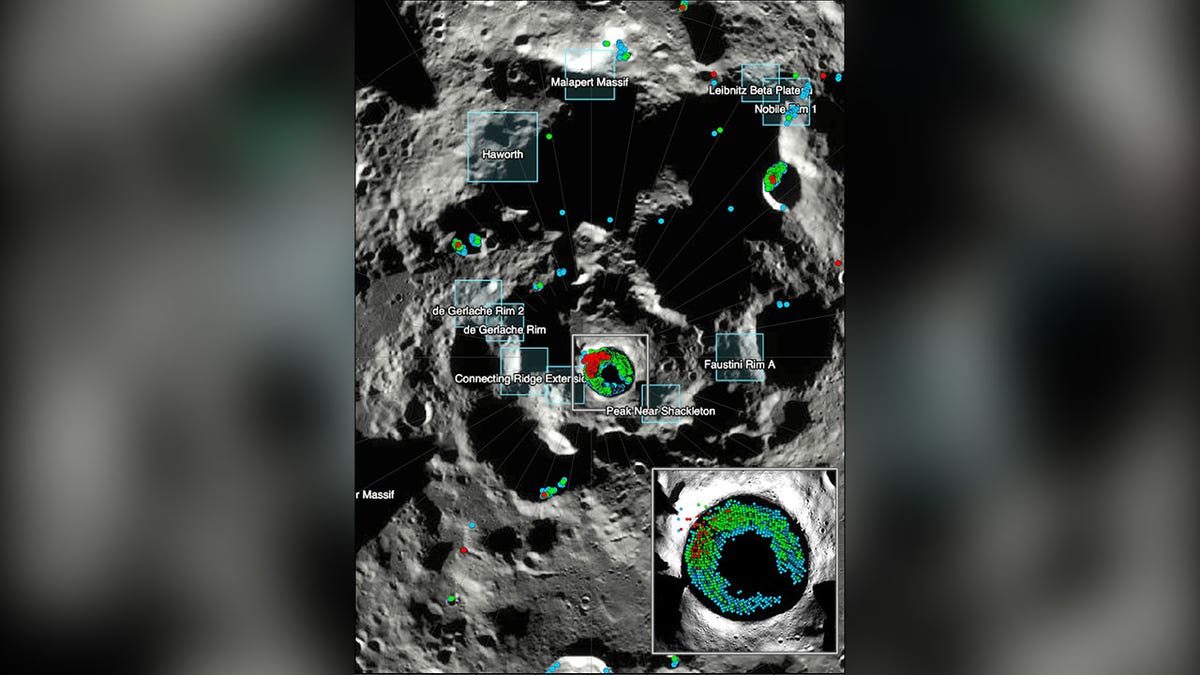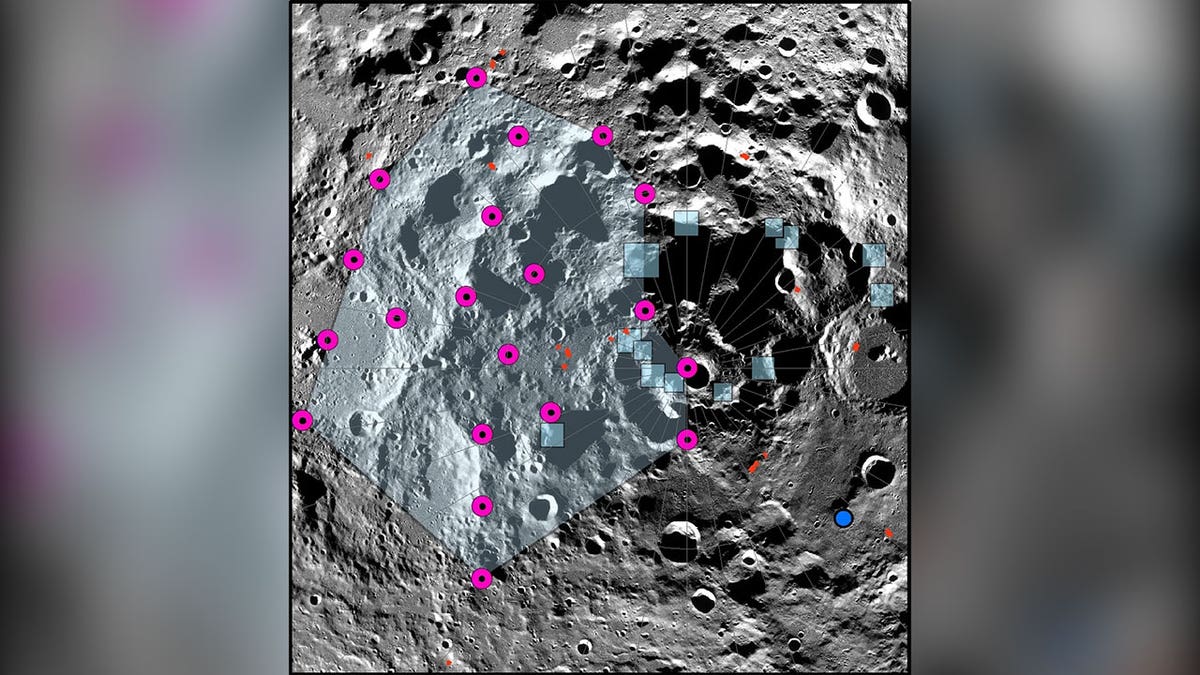Legal hurdles of moon mining
How a lack of international space laws could impact space mining.
A shrinking moon is causing moonquakes and faults near the lunar south pole, data from a NASA-funded study shows.
The study, published Thursday in the Planetary Science Journal, took a closer look at seismic activity near and within some of the areas identified as candidate landing regions for Artemis III, the first Artemis mission planned to have a crewed lunar landing.
"Our modeling suggests that shallow moonquakes capable of producing strong ground shaking in the south polar region are possible from slip events on existing faults or the formation of new thrust faults," Tom Watters of the Smithsonian Institution, Washington, lead author of a paper on the research, said. "The global distribution of young thrust faults, their potential to be active and the potential to form new thrust faults from ongoing global contraction should be considered when planning the location and stability of permanent outposts on the moon."
Unlike earthquakes, moonquakes can last for hours, a video shared on the Weather Channel's website states.
JAPANESE LUNAR SPACECRAFT LANDS UPSIDE DOWN ON MOON'S SURFACE

Lunar Reconnaissance Orbiter Camera, Narrow Angle Camera mosaic of the Wiechert cluster of lobate scarps (left pointing arrows) near the lunar south pole. A thrust fault scarp cut across an approximately 1-kilometer (0.6-mile) diameter degraded crater (right pointing arrow). (NASA/LRO/LROC/ASU/Smithsonian Institution)
Moonquakes are also more likely to trigger landslides than earthquakes are, according to Space.com.
"As we get closer to the crewed Artemis mission’s launch date, it’s important to keep our astronauts, our equipment and infrastructure as safe as possible," paper co-author and associate professor of geology at the University of Maryland Nicholas Schmerr said in a statement.
JAPAN SHUTS OFF SLIM MOON LANDER’S BATTERY IN HOPES OF ‘POSSIBLY’ RESTARTING IT LATER

The model predicts large portions of the interior walls of Shackleton crater are susceptible to landslides, inset, as well as portions of interior crater walls in the Nobile Rim 1 landing region. (NASA/LROC/ASU/Smithsonian Institution)

A cloud of possible locations (magenta dots and light blue polygon) of a strong shallow moonquake using a relocation algorithm specifically adapted for very sparse seismic networks are distributed near the pole. Blue boxes show locations of proposed Artemis III landing regions. (NASA/LROC/ASU/Smithsonian Institution)
CLICK HERE TO GET THE FOX NEWS APP
Back in 2019, a NASA press release stated the moon was shrinking as its interior cooled, getting more than about 150 feet skinnier over the last several hundred million years.
Scientists from NASA, the Smithsonian, Arizona State University and the University of Maryland participated in the study. It was funded by NASA's Lunar Reconnaissance Orbitor mission, launched on June 18, 2009.






















